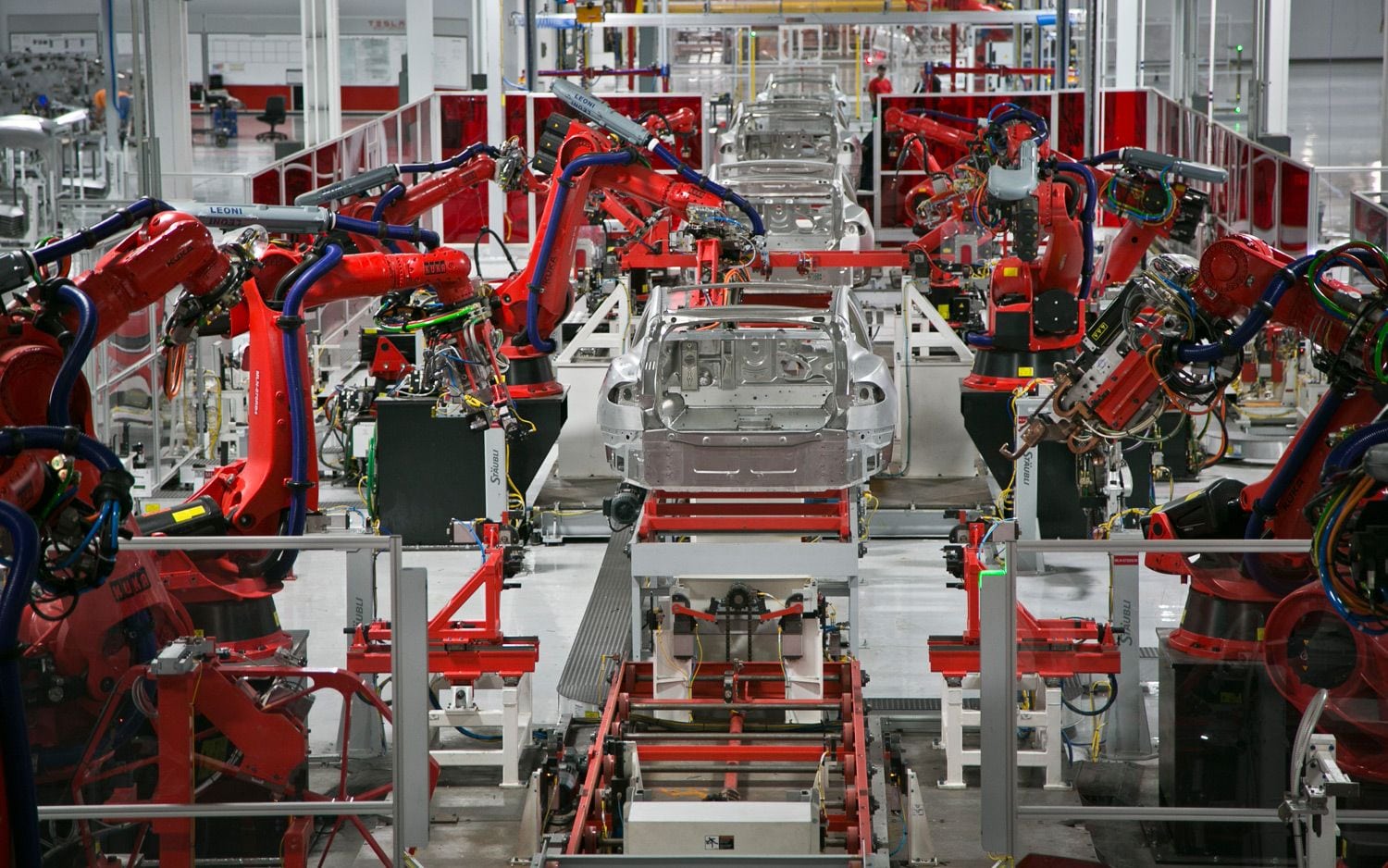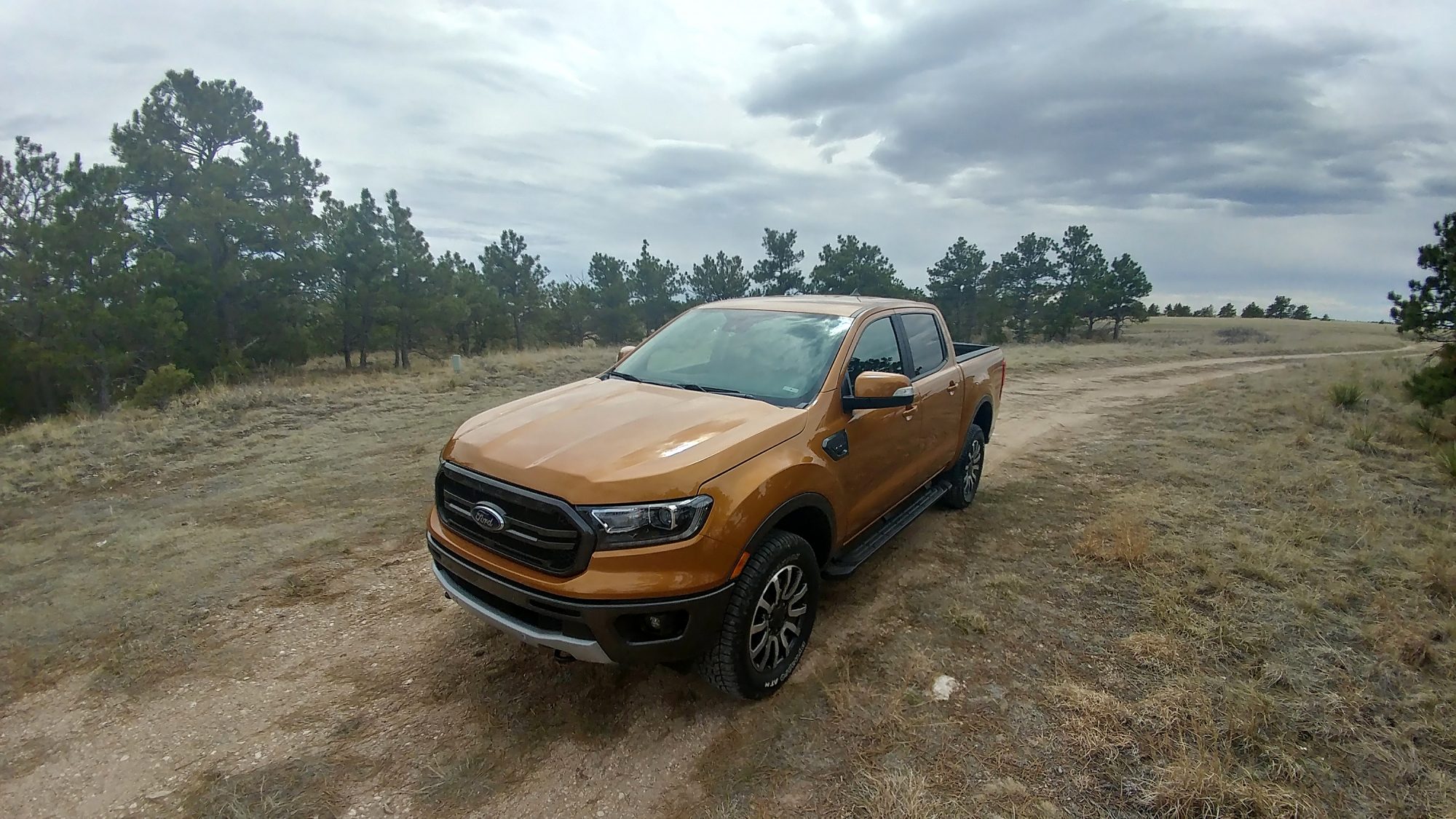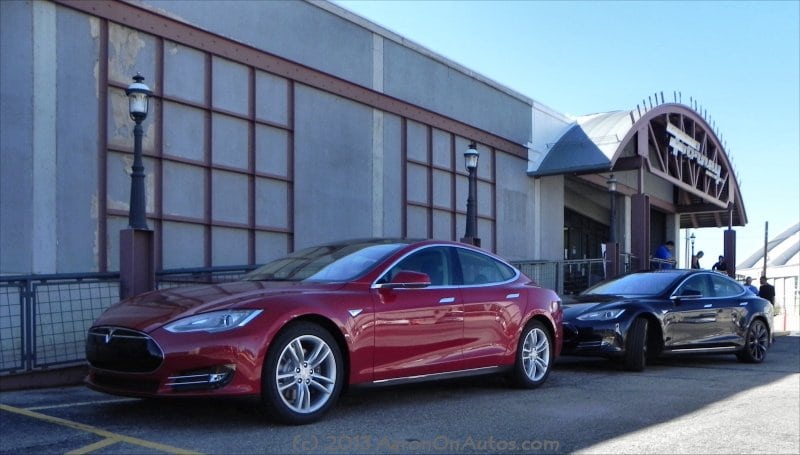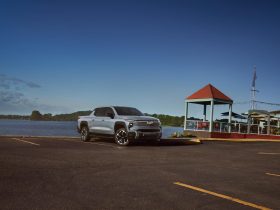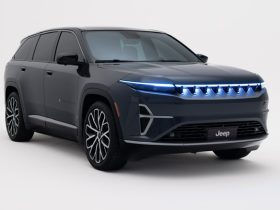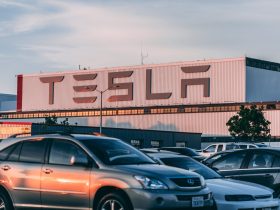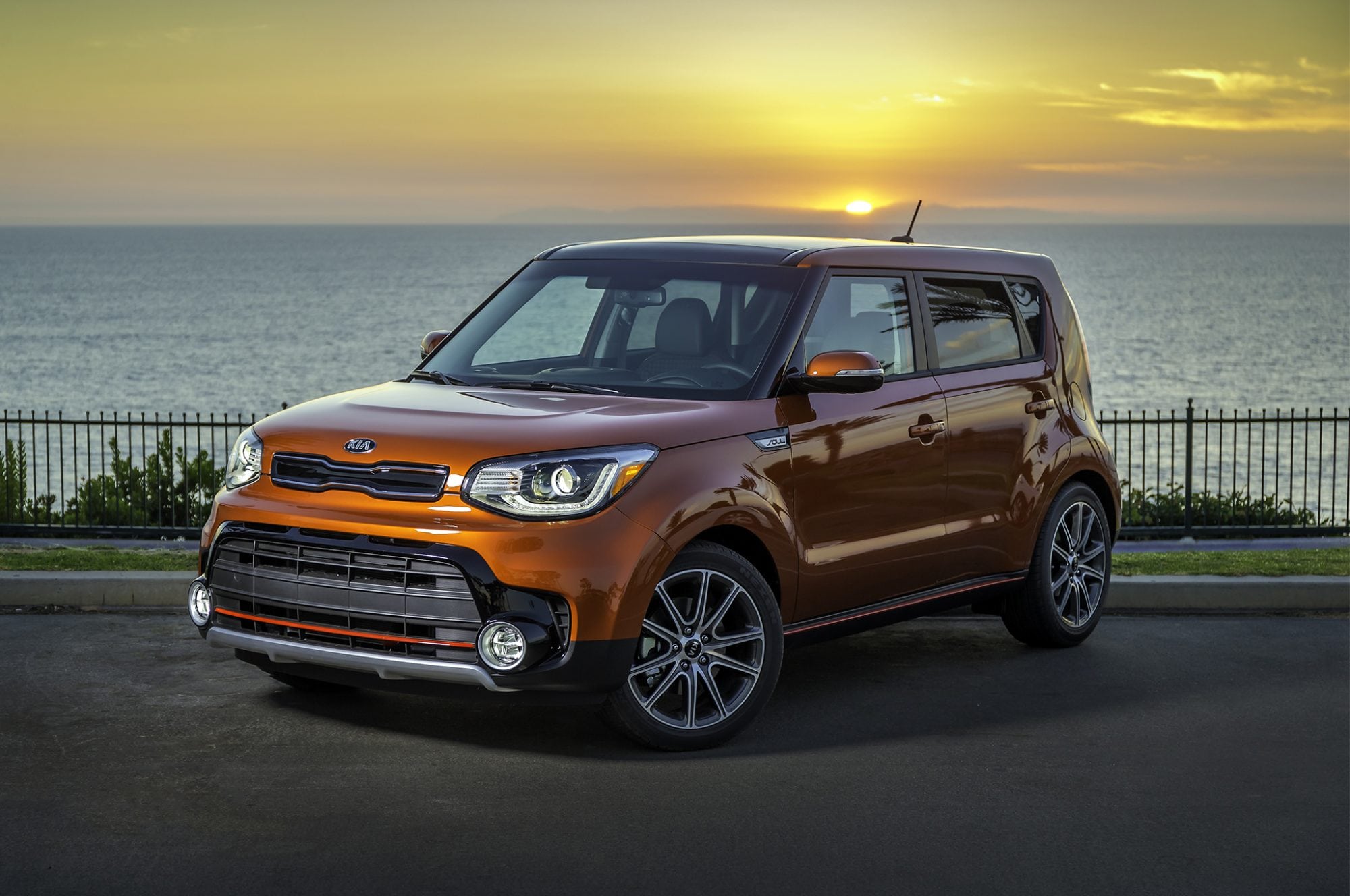Panasonic and Tesla have just inked an agreement to build the Gigafactory, which is going to bring large scale battery manufacturing to the US. Does this mean electric car battery world domination for Panasonic and Tesla? Keep reading to find out.
Gigafactory Agreement – Panasonic and Tesla
According to the Gigafactory agreement between Tesla and Panasonic it is going to work out like this. Tesla will prepare, provide and manage the land, buildings and utilities for the battery plant. Panasonic is going to handling the manufacturing and supply cylindrical lithium-ion cells and will invest in the equipment, machinery, and other manufacturing tools based on the agreement between the two companies.
The Gigafactory will be jointly managed by Panasonic and Tesla joining as the principle partner responsible for lithium-ion battery cells and occupying approximately half of the planned manufacturing space; key suppliers combined with Tesla’s module and pack assembly will comprise the other half of this fully integrated industrial complex.
A network of supply partners is going to produce the required precursor battery materials. Tesla will then take the cells and other components to assemble battery modules and battery packs. To meet the continuing increase of demand for cells, Tesla will continue to purchase battery cells produced in Panasonic’s factories in Japan. Panasonic and Tesla could have other plans outside of this Gigafactory agreement in the works… so stay tuned.
Gigafactory Plan
The Gigafactory is being built so that the cost of long range battery packs can be reduced while enabling them to be built in the US. America is the best so why wouldn’t you build battery packs here? This can save money and resources since they don’t need to be shipped from Asia and it will help Tesla to meet its goal of advancing mass market electric vehicles… and world domination.
“Not only does the Gigafactory enable capacity needed for the Model 3 but it sets the path for a dramatic reduction in the cost of energy storage across a broad range of applications.” said JB Straubel, Chief Technical Officer and Co-founder of Tesla Motors about the announcement.
“We have already engaged in various collaborative projects with Tesla toward the popularization of electric vehicles… I believe that once we are able to manufacture lithium-ion battery cells at the Gigafactory, we will be able to accelerate the expansion of the electric vehicle market.” said Yoshihiko Yamada (yeah nice name, see above!), Executive Vice President of Panasonic.
The plans for Panasonic and Tesla is to reduce the cost of manufacturing processes by optimizing the scale of battery production. The more you are able to make more efficiently, the lower the cost. The Japanese conglomerate and the start-up electric car maker will be co-locating suppliers to eliminate the need for expensive packaging. In addition this should reduce overseas import and duty costs and transportation expenses along with making so that they can keep lean inventories. What does that mean for energy savings? Big reductions since everything is close together so utilities and operations will be less expensive.
Hopefully the Gigafactory will show that building battery cells and battery packs need be so expensive for electric vehicles. It’s going to be one damn lean operation.
What type of batteries will Gigafactory make? The Gigafactory is planned to produce 35GWh of cells and 50GWh of packs per year by 2020. The cells, modules and packs from the Gigafactory will mainly be used on Tesla’s electric vehicles and for the stationary storage market. (Eh, that sounds boring.) Tesla projects that the Gigafactory will employ about 6,500 people by 2020.
Also Read
Talking Strategy on the Tesla Gigafactory – Podcast Quick Sip


